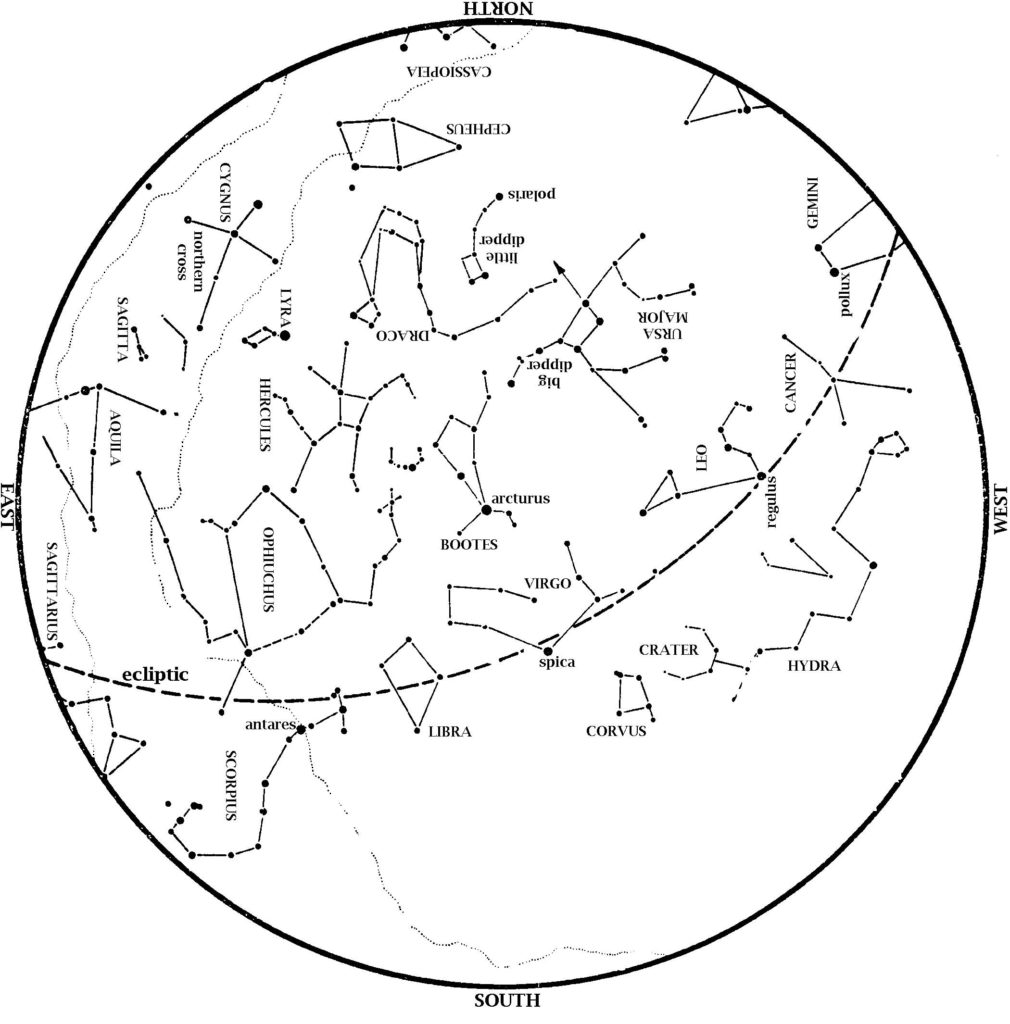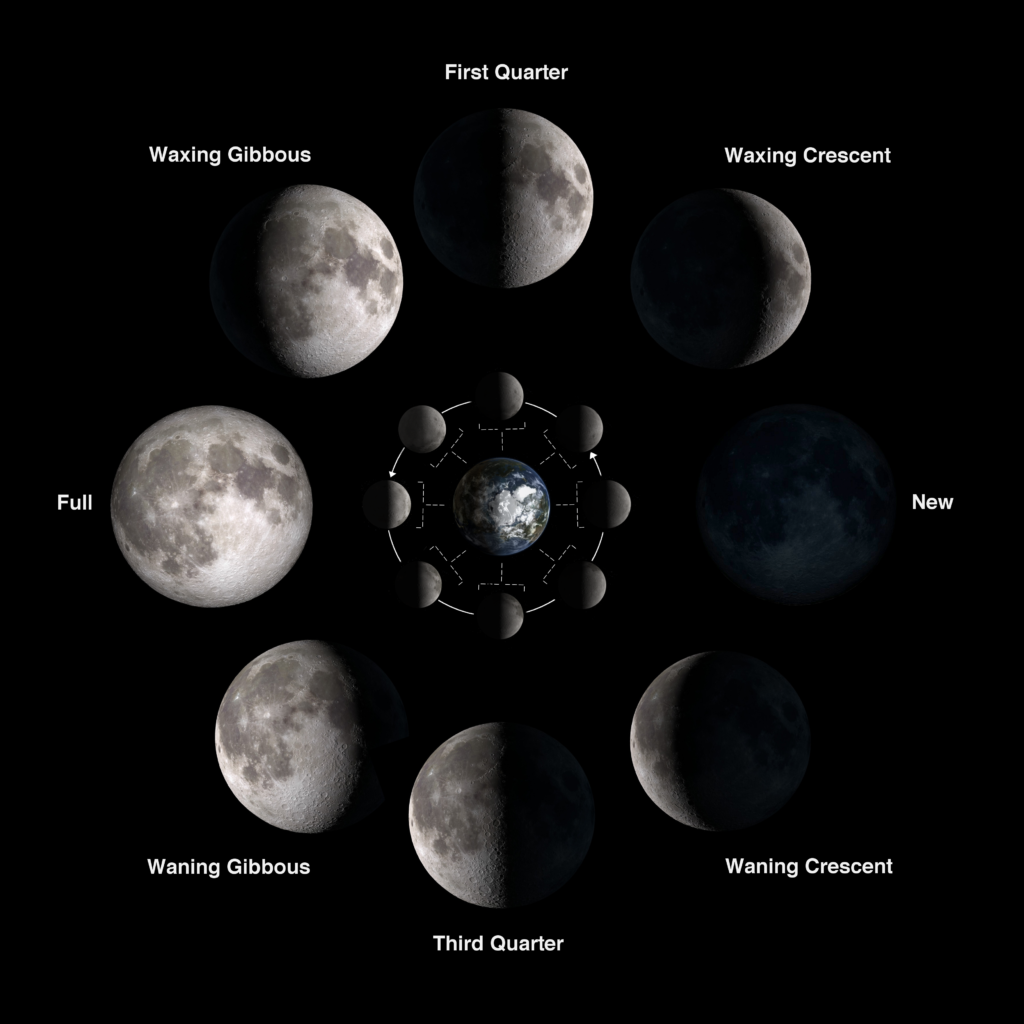Today on Beyond Bones, HMNS’ resident astronomer James Wooten shows us what to look for in the night sky this month.

Mars is low in the west northwest at dusk. This is the last month to see it easily, as it now sets in twilight.
Mercury enters the evening sky, approaching within ½ degree of Mars on the 17th. It doesn’t stay long though, as it quickly moves back into the Sun’s glare by month’s end.
Jupiter is at opposition on June 10. This means that Earth is aligned between Jupiter and the Sun on that date, putting Jupiter opposite the Sun in our sky. For much of June, Jupiter is up all night long. It outshines all of the stars we ever see at night, so you can find it easily rising in the southeast at dusk or setting in the southwest at dawn.
Saturn remains in the morning sky. Look low in the southwest at dawn. It also rises into the late evening sky just before 11 pm in early June. By the end of the month, you can watch it rise in the southeast at dusk. Saturn is at opposition next month.
Venus is low in the morning sky. Each morning, it rises in deeper and deeper morning twilight, getting harder and harder to see.

At 10:54 am on Friday, June 21, the Sun is directly overhead as seen from the Tropic of Cancer. This means that Earth’s north pole is tilted as much as possible towards the Sun, making this our summer solstice. On this date the midday Sun is as high as possible in our sky—virtually overhead—and we have more daylight than on any other day of the year. Below the equator, the opposite is true. There, the midday Sun is as low as possible in the sky, and there is less daylight than on any other day of the year. For them, June 21 is the winter solstice.
The Big Dipper is above the North Star, with its handle pointing up. From that handle, you can ‘arc to Arcturus’ and then ‘speed on to Spica’; those stars are in the south at dusk. Arcturus is the fourth brightest star in the night sky, but the brightest one we see from Houston during all of June or July. (In summer, numbers 1 and 2 rise only in daylight hours for us, while #3 never rises in Houston.) Leo, the Lion, is high in the west at dusk.
Antares, brightest star of Scorpius, the Scorpion, is in the southeast, with the ‘teapot’ of Sagittarius rising behind it. Jupiter is between these constellations, on the foot of Ophiuchus. The Summer Triangle has fully risen in the northeast. The stars of summer are here.
Moon Phases in June 2019:

New June 3, 5:02 a.m.
1st Quarter June 10, 12:59 a.m.
Full June 17, 3:31 a.m.
Last Quarter June 25, 4:46 a.m.
George Observatory is scheduled to reopen as of June 18, after recovering from May floods.
Clear Skies!





